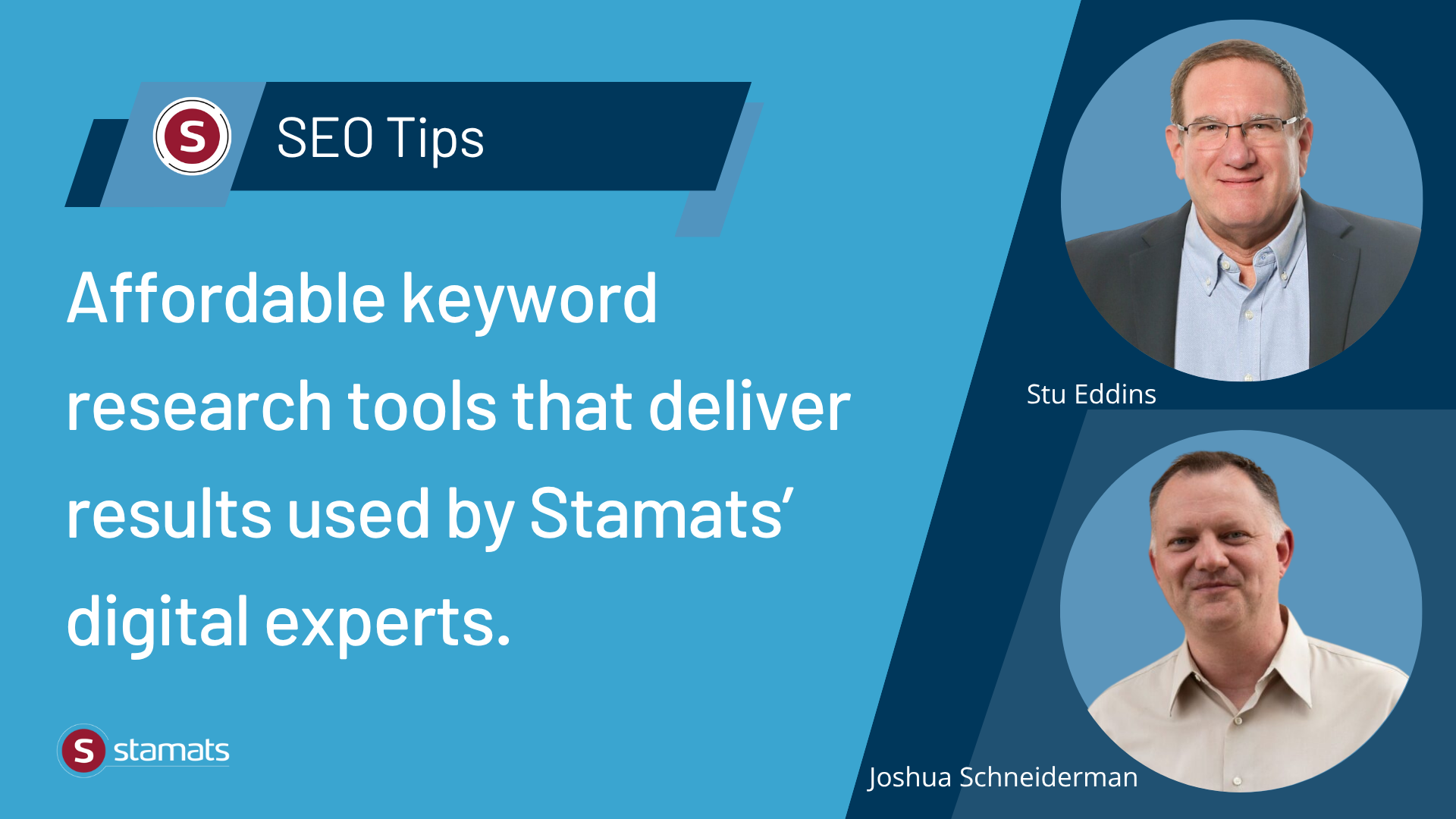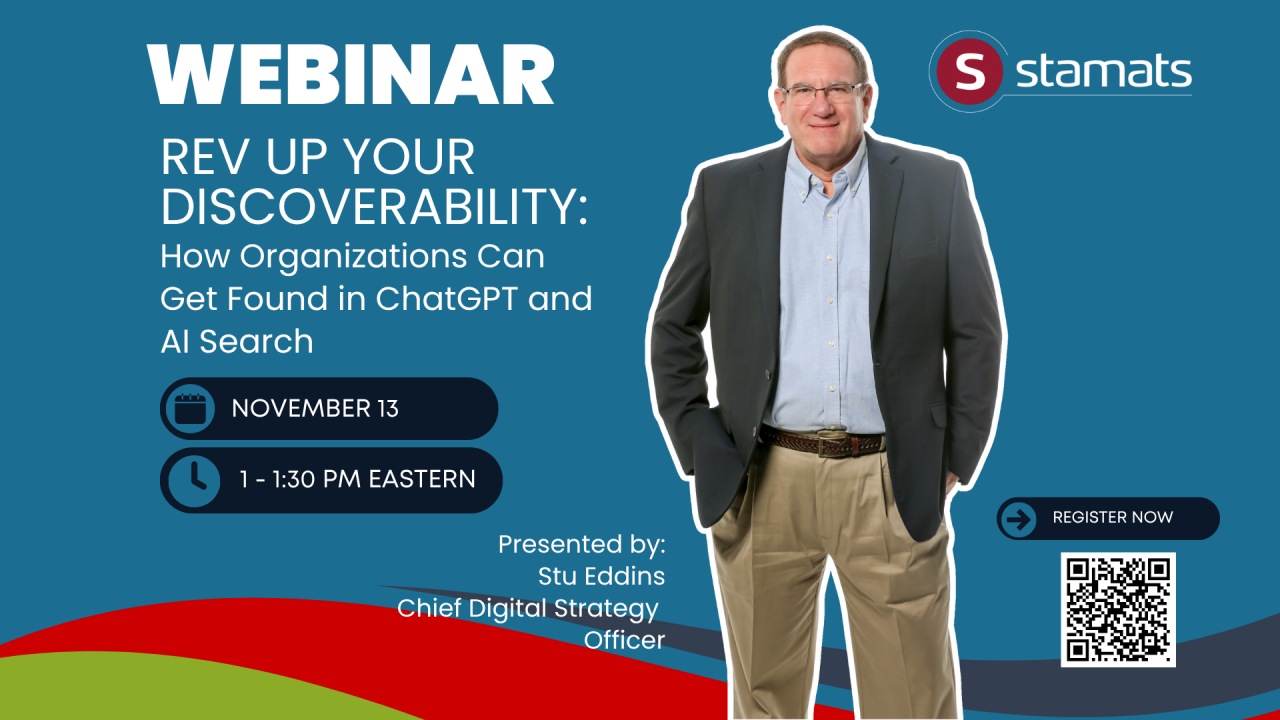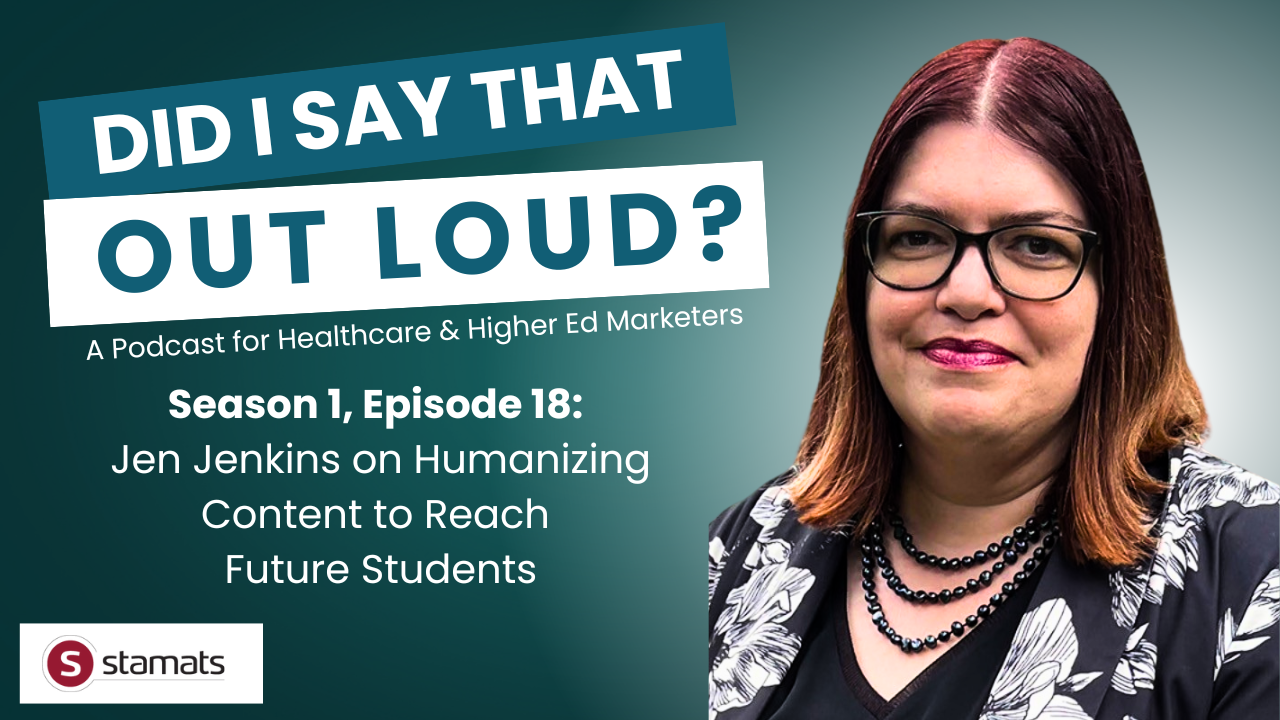Written by
on

Once you’ve attracted the relevant website visits you’ve worked hard to earn, it can be tempting to steer visitors toward the conversion steps that are most important to you.
But skipping the natural steps in the user journey can create a poor user experience, which can result in lost business opportunities. Personalizing calls-to-action (CTAs) can significantly increase conversion rates. Remember, most of the people who visit your website or social channels are still learning about your brand, your services, and what’s in it for them.
So, how can you engage this majority who are still learning about you?
Get back to the basics of audience-centric CTA strategy. Instead of only giving visitors full-commitment options like “buy now” or “apply today” on their first visit, use a range of CTAs that are based on their needs—and where they are in their journey of learning about and trusting you.
6 Basics of Audience-Centric CTAs
The overall goal of a CTA strategy is to make it easy for your site visitors to access your services with as few action steps as possible. The best CTA strategies share six key traits:
- Audience-centric: Focus on what’s most important to your audience.
- Built on digital best practices: These include using color elements that are appropriate for screen readers and using specific, action-oriented words.
- Data-driven: Use A/B testing to track what’s working and not working and make adjustments on the fly.
- Designed with relevant user journey story pathways: Consider what makes the most sense for the reader, from where their eyes should go on a page to what they next step should take when they leave the page.
- Educational and entertaining: You don’t have to be witty but use a friendly and personable tone.
- Infused with media and text elements: CTAs should stand out but align with the design and flow of the page.
Pro tip: Think about these questions as you develop each step of your CTA strategy:
- Call: What will you show and/or say to generate action?
- To: How will you get your visitors to the conversion action?
- Action: What will they do when they get there?
- Response: How will you reciprocate when they call or message you?
What You Say…
Every element on a page or a blog or news story—from pictures and words to the CTA’s location—should reflect the user’s end goal. Get them excited about taking that next step by “speaking” to them the way they want to be spoken to.
Are you helping them solve a problem? Learn something? Make a decision? That should guide your tone and word choice. Use simple but strong language that encourages and clarifies the action you want them to take.
Instead of providing the whole kitchen sink of options, narrow the goals of a page to just one or two and then give people ample opportunities—and slightly different variations of those opportunities—to take action.
By consistently giving the user something to do or something different to look at in relation to those goals, you help them connect the information you provide to the next logical action they should take.
…and How You Say It
To do this, use several types of CTAs on one page, such as:
- Inline links, which help people do more research and stay engaged with your content
- Banner ads, which help to break up the page and draw immediate attention
- Buttons, which make the requested action clear and easy to take
- Images, which easily capture attention — but ensure any surrounding text, alt text, or photo captions also include the directive
Pro tip: Our brains, eyes, and screen readers like structure. Adding too much information is likely to result in just one click—the exit button.
It’s especially important to follow these guidelines when you’re adding CTAs to the pages you’re driving paid traffic to, such as landing pages, blogs, or sponsored content, to increase return on your marketing investments.
Related reading: Accelerated Content Pathways
Measuring Return on Investment
Writing and designing CTAs is only half the fun! You also need to track their effectiveness. Return on investment (ROI) measurement tools make this much-needed task easier.
A few of our favorite tools include:
- CrazyEgg provides heat maps that show you where site visitors click, scroll, linger, and navigate. This data clearly illustrates if people are responding to or ignoring your CTAs and can help you adjust wording and placement.
- Google Data Studio dashboards help you see which content is resonating with what audiences – and how they’re accessing it. It then helps you create visuals based on this data that you can present to stakeholders when determining where to focus your marketing efforts.
- Domo dashboards are like Google Data Studio dashboards on steroids. They use real-time, holistic data to show you customized, robust cloud-based visuals.
So, what data should you measure? That’s a good question with an umbrella answer: Measure what matters. Pointed metrics give you better insight into your users’ needs, wants, and preferred contact points, which will help you more accurately deliver services and information.
Digital project leaders tend to focus on clicks, downloads, and page visits. But don’t forget about the real-life, 3D conversion points, which can also be digitized. Basically, any data point you can track on a spreadsheet can be collated and displayed in a dashboard.
Online conversion points
- Subscribe clicks
- Click-to-call
- Inline links/callouts and related reading
- Social engagement/shares
- Video views
- Podcast listens
Offline conversion points
- Calls for demos/appointments
- In-person mentions
- Email opens
- Bringing in a flyer or brochure
- Calls or clicks to a vanity URL/number used only in print
Success Story: Implementing CTA Best Practices
In 2020, a Stamats higher education client launched a virtual campus experience to support recruitment efforts during the height of the COVID pandemic. The goal was to reach prospective students through:
- Entertaining video and text content
- Personalizing the virtual campus tour experience
- Showcasing their diverse student population
- Making it easy to apply
- Sharing inspirational, user-generated images and stories from alumni and current students
They used a variety of elements, such as bold images, buttons, and wide callouts, to place CTAs throughout the virtual experience:
- Watch immersive videos with students who look and think like you.
- Make connections on social media.
- Schedule time to talk with an advisor.
Each CTA required a different level of commitment, based on where the site visitor was in their journey of learning about the university. By mirroring visitor goals in their business goals, our client experienced excellent results almost immediately.

Read next: How to Find Good Stories in Healthcare
Effective CTA Strategies Support User Goals and Business Goals.
Every page, article, blog post, and ad needs at least one CTA, regardless of your industry. Provide the next step for your user to stay engaged and give you their mindshare—and business.
The key is understanding how your users’ journeys mirror your business goals. What do they want from you? What do you want them to do? Create CTA pathways that serve this give-and-take relationship; you will naturally increase your audience’s loyalty, transforming visitors into cheerleaders for your brand, which will result in increased brand recognition and sales.
Ready to Get Started?
Reach out to us to talk about your strategy and goals.


